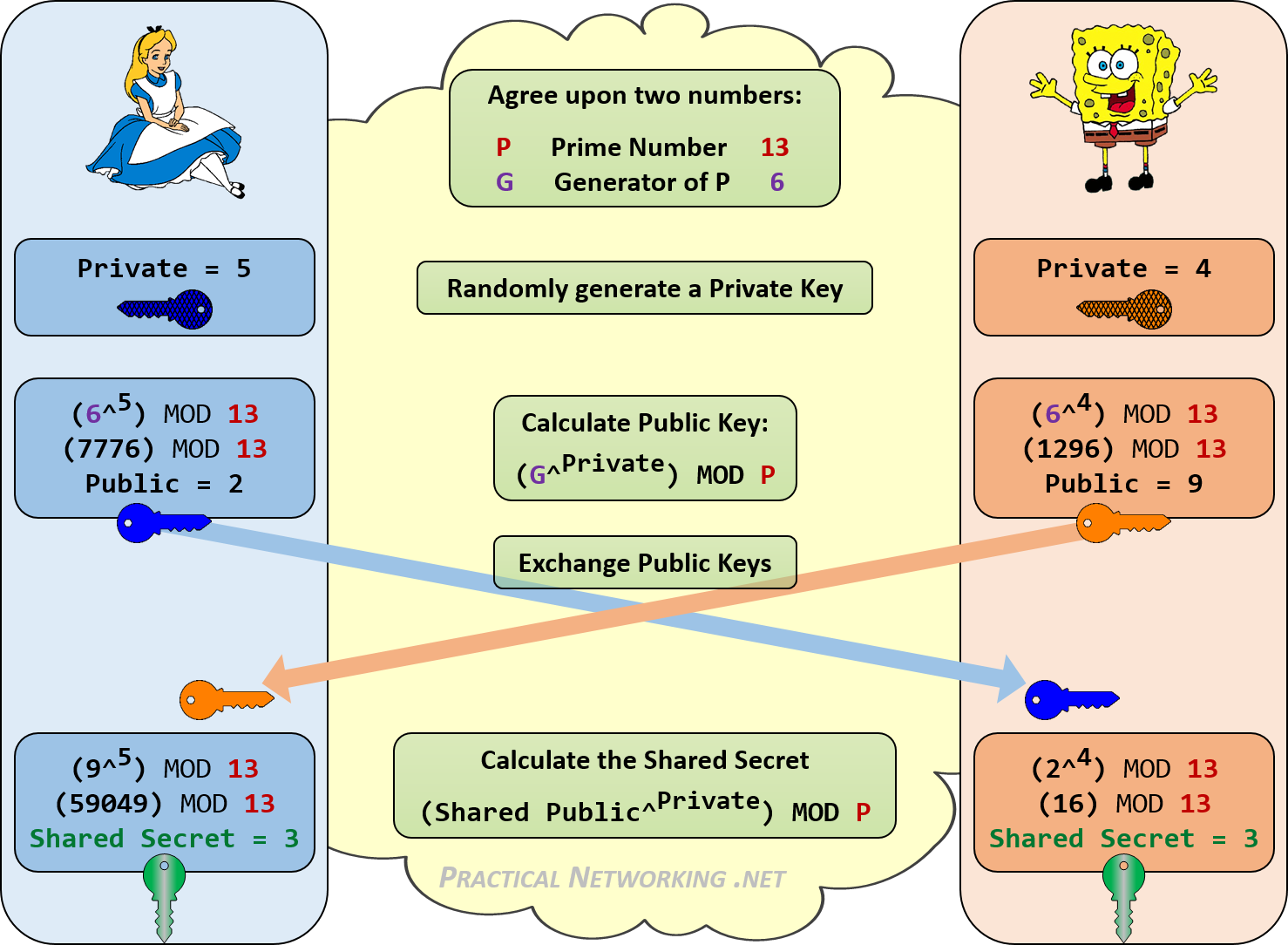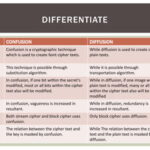In an era where our digital communication relies heavily on security, understanding how we keep our information private becomes increasingly crucial. One fascinating concept in cryptography that facilitates secure exchanges between parties is known as the Diffie-Hellman Key Exchange. While at first glance it may appear to be a dense subject shrouded in complex mathematics, it can be elucidated without delving into equations or formulas. This discussion will demystify the essence of the Diffie-Hellman Key Exchange, revealing its purpose, functionality, and the broader implications it holds in our interconnected world.
At its core, the Diffie-Hellman Key Exchange is a method that allows two parties to generate a shared secret over an insecure channel. Initially proposed in the mid-1970s by Whitfield Diffie and Martin Hellman, it marked a significant milestone in the field of cryptography. The fundamental observation here is that even when two parties communicate through an insecure medium, they can still establish a confidential line of communication by generating the same secret key. This is pivotal in maintaining the privacy of data transmitted, especially in an age fraught with cyber threats.
Imagine you wish to communicate with a friend, but you are concerned that an eavesdropper will intercept the message. The beauty of the Diffie-Hellman Key Exchange lies in its capability to thwart such intrusions. The process is elegantly simple and strikingly effective. Both participants agree on a large prime number and a base, both of which can be shared publicly. From there, each party generates a private key. What becomes intriguing is how they each create a public key using the shared base and their private keys, which they then exchange. Despite the fact that a third party can observe these public keys, they remain unable to decipher the private keys due to the discrete logarithm problem, which forms the foundation of the Diffie-Hellman process.
This mechanism hinges on one of the most tantalizing aspects of cryptography: the paradox of public knowledge yielding private results. Upon receiving each other’s public keys, both participants meticulously derive a new value, the shared secret or session key, using their own private keys. As a result, both parties can now employ this shared secret to encrypt subsequent communications, ensuring that any intercepted messages remain unintelligible to unauthorized observers.
However, the narrative does not conclude with the creation of a shared secret. The Diffie-Hellman Key Exchange also invites further contemplation regarding its security. The relative vulnerability of this technique arises from several factors, especially with advances in computational processing and the rise of quantum computing. The strength of the overall security lies in the size of the keys generated—larger keys generally offer stronger protection. Additionally, the reliance on the difficulty of certain mathematical problems must be scrutinized as technology evolves. The transition toward quantum computing poses a significant threat, as it could eventually render current encryption techniques obsolete.
While the technical aspects of Diffie-Hellman can certainly be engaging to those in the field, it invites a more philosophical inquiry into why we are so captivated by the idea of secure communication. It speaks to our intrinsic need for privacy and trust, elements that define our relationships, be they personal or professional. In essence, the act of sharing secrets is a cornerstone of intimacy and confidence. The ability to keep these secrets hidden from prying eyes, especially in the expansive landscape of the internet, instills a sense of empowerment in individuals and organizations alike.
This visceral connection to the principles underlying encryption cannot be overstated. The Diffie-Hellman Key Exchange, beyond its mechanical functionality, symbolizes humanity’s collective endeavor to safeguard what is deeply personal. In a world that is ever more interconnected, the stakes for maintaining confidentiality only grow. Consider the implications for individuals sharing sensitive information, financial institutions processing transactions, or governments entering in negotiations. The method by which we ensure the sanctity of such exchanges informs the trust that we place in one another and in the technology we utilize.
Moreover, as we continue to navigate the intricacies of modern communication, it’s worthwhile to reflect upon our responsibilities regarding digital privacy. Far too often, individuals underestimate the precariousness of their data. Concepts like the Diffie-Hellman Key Exchange should serve not merely as technical frameworks but also evoke ethical considerations about information usage and the protection of personal liberties. Enabling conversations around these topics may pave the way toward a more privacy-aware society that values transparency while safeguarding its secrets.
In conclusion, the Diffie-Hellman Key Exchange is not merely a wondrous mechanism of cryptographic communication; it is a lens through which we can view our fundamental relationship with privacy and security in a digital landscape. It unravels layers of complexity while rooting its importance in the human experience of trust and confidentiality. As technology progresses, understanding and advocating for secure practices will remain imperative in fostering a culture that prioritizes and respects individual privacy rights. Thus, the study of such cryptographic concepts continues not only to intrigue but also to challenge us to consider how we protect our secrets and from whom.









Leave a Comment